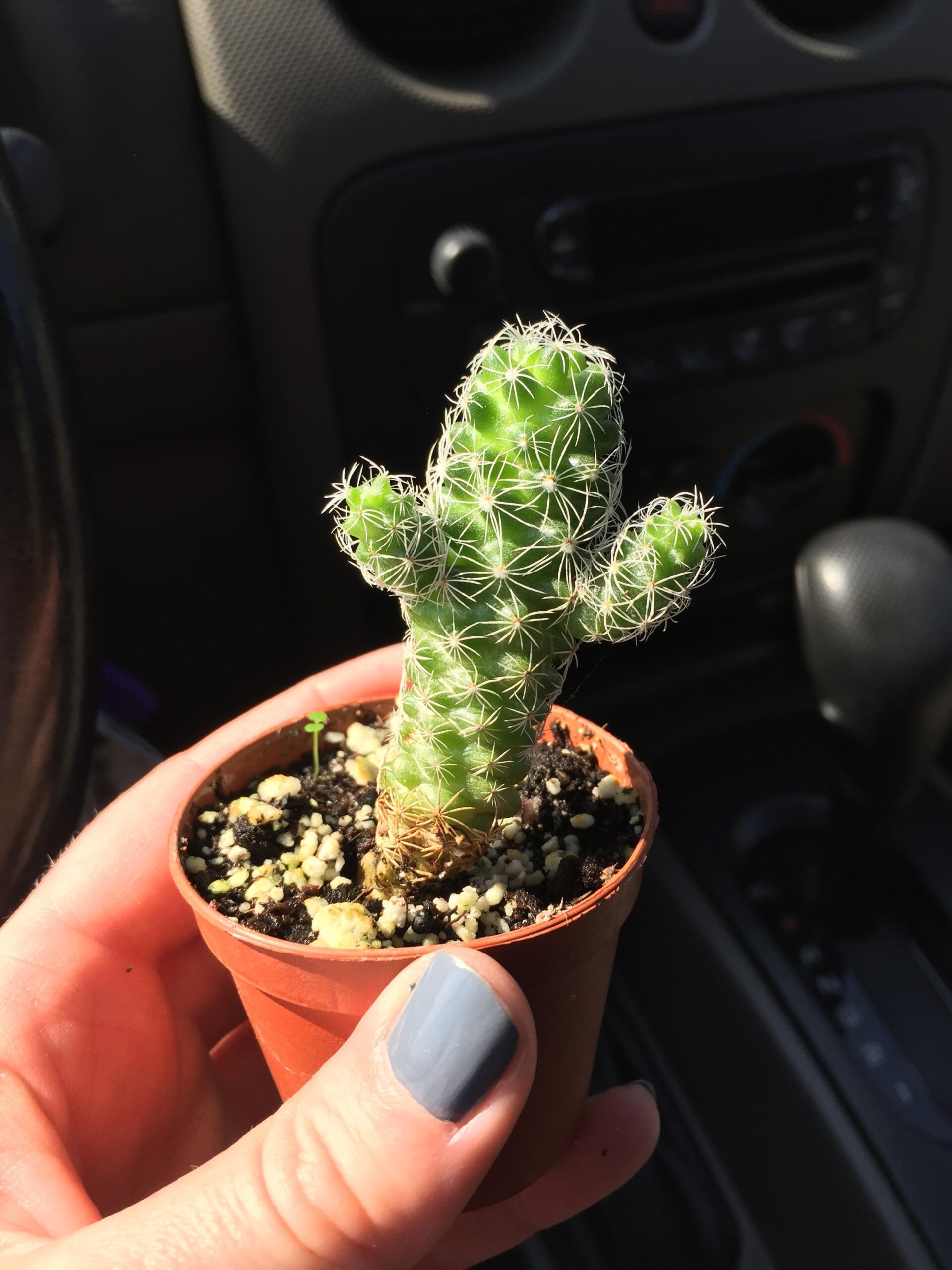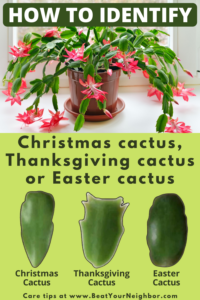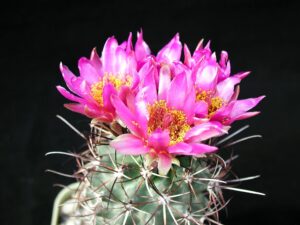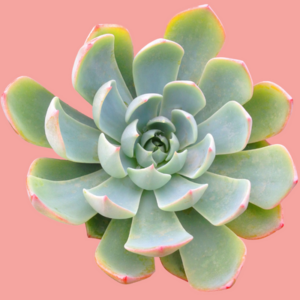In the diverse and visually enthralling world of cacti, there exists a subset that merges the robust structural aesthetics typical of these plants with the delicate allure of blossoms. These remarkable species blur the boundaries between flora forms, simultaneously showcasing the tenacity of cacti and the ephemeral beauty of flowers. This article delves into the captivating landscape of cacti that don an appearance akin to vibrant blossoms, inviting both the curious gardener and the casual observer into their enchanting realm.
When one envisions a cactus, the image usually conjures up ideas of stout, spiny structures thriving in arid regions. However, certain varieties defy these conventional perceptions, adopting floral characteristics that challenge our understanding of what defines a cactus. Featuring intricate forms and vivid hues, these enchanting plants offer a striking contrast to the canonical image of their prickly counterparts. Some species exhibit such likeness to flowers that they often provoke intrigue and admiration from those who encounter them.
Among the family of cacti, the presence of flowering types invites a dialogue on the juxtaposition of beauty and resilience. Certain adaptations allow these cacti not only to survive but to thrive in harsh environments, all while appearing as if sprouting flowers in full bloom. Their capabilities for water retention, alongside unique morphological traits, make them both aesthetically captivating and remarkably functional.
One of the most iconic species that resonate with floral likeness is the Mammillaria genus. These cacti often present a pleasing spherical form and are frequently adorned with delightful, miniature flowers. Many Mammillaria species bloom in hues ranging from pastel pinks to vibrant yellows. The flowers usually spring from the body of the cactus after a period of dormancy, creating a stunning visual impact that contrasts sharply against the spiny attributes of the cactus itself. Their bloom cycles can be seasonally predictable, offering a reliable spectacle that can entice collectors and novice gardeners alike.
Another fascinating species is the Rebutia, renowned for its diminutive size and charming floral attributes. Resembling a tightly packed bouquet, these cacti produce clusters of bright flowers, often in vivid reds, oranges, and yellows. The petals of Rebutia blooms are generally trumpet-shaped, introducing an element of grace and elegance to the stout plant. Their form and color can evoke a sense of whimsy, making them a favorite choice for indoor gardens and succulent arrangements.
For those captivated by the larger than life and flamboyant, the Hylocereus offers an even more dramatic floral resemblance. Known popularly as the dragon fruit cactus, this species produces exquisite large blossoms during its flowering period. The flowers open at night and can reach substantial sizes, creating a striking visual display under moonlight. This ephemeral burst of beauty lingers only for a day, leaving enthusiasts and onlookers eager to witness the spectacle again on subsequent evenings.
Beyond their visual allure, these cacti hold deeper implications within ecosystems. The flowers serve as critical attractants for various pollinators, including bees and nocturnal moths. It is this interplay between the plants and the pollinators that enhances biodiversity in arid landscapes and gardens. The fusion of beauty and ecological importance illustrates why these species garner significant admiration from botanists and landscapers alike.
The cultivation of cacti resembling flowers can also serve as a testament to the art of horticulture. Their aesthetic appeal encourages arrangements that are both unique and versatile. In container gardens, they can be paired with softer textures and vivid contrasts, creating visual narratives that captivate individuals. Furthermore, incorporating these plants into urban landscapes or home decor can result in an eloquent statement on the fusion of nature with architectural design.
As one explores the realm of flowering cacti, it becomes increasingly evident that their appeal transcends mere looks. It challenges the observer to reconsider preconceived notions about the survival and beauty of plantae thriving in extreme conditions. The juxtaposition of barbs with blossoms creates an interplay of strength and grace, inviting a more profound appreciation for the complexities of nature. Artists, photographers, and enthusiasts have all sought out these unique specimens, using them as inspiration for various creative endeavors.
In conclusion, the cacti that resemble flowers forge a compelling narrative within botany. Their spectacular blooms invite intrigue while demanding respect for their survival strategies. As one approaches a flowering cactus, it is crucial to appreciate the underlying story that plants like Mammillaria, Rebutia, and Hylocereus tell. They stand as symbols of resilience and beauty, offering a delightful reminder of nature’s endless capacity for charm and creativity.





Leave a Comment